Few competitions can be as eagerly awaited as this, so wisely, the start had been rescheduled so as not to clash with that only marginally less popular international fixture: the Football World Cup. How would the plucky newcomers, tiny Tajikistan, whose performance I laid out recently in Top 10 toilets of Tajikistan – http://insideotherplaces.com/2014/06/19/top-ten-toilets-of-tajikistan/, fare against the might of imperial China. Would this be a foregone conclusion or an epic battle of David vs Goliath.
Lets view the evidence from the Chinese team.
10.
A poor start here from China, whose brutal suppression of indigenous culture has stifled the regional creativity so prevalent in Tajikistan. Note the use of the WC sign and less than subtle placement of British supermarket, Morrisons carrier bag in a shameless bid to appeal to foreign tourists and grab international attention, ignorant of the fact that it is the very celebration of marginal cultures that aficionados of global toilet culture crave.
9.
Communist ideals of shared living evidently appealed to a long-standing Chinese, cultural love of communal activity, eloquently personified in this delightfully well-preserved bus station facility, with its delicate nod towards Victorian tiling styles. The single channel waste removal has the added advantage of being able to display the pride in your work to those downstream, thus still today, it remains good etiquette to let senior members of the party take the upstream positions. The free and easy, open nature of the room allows high level business discussions or simple pleasantries to continue uninterrupted save for the occasional squelches and grunts demanded of the occasion.
8.
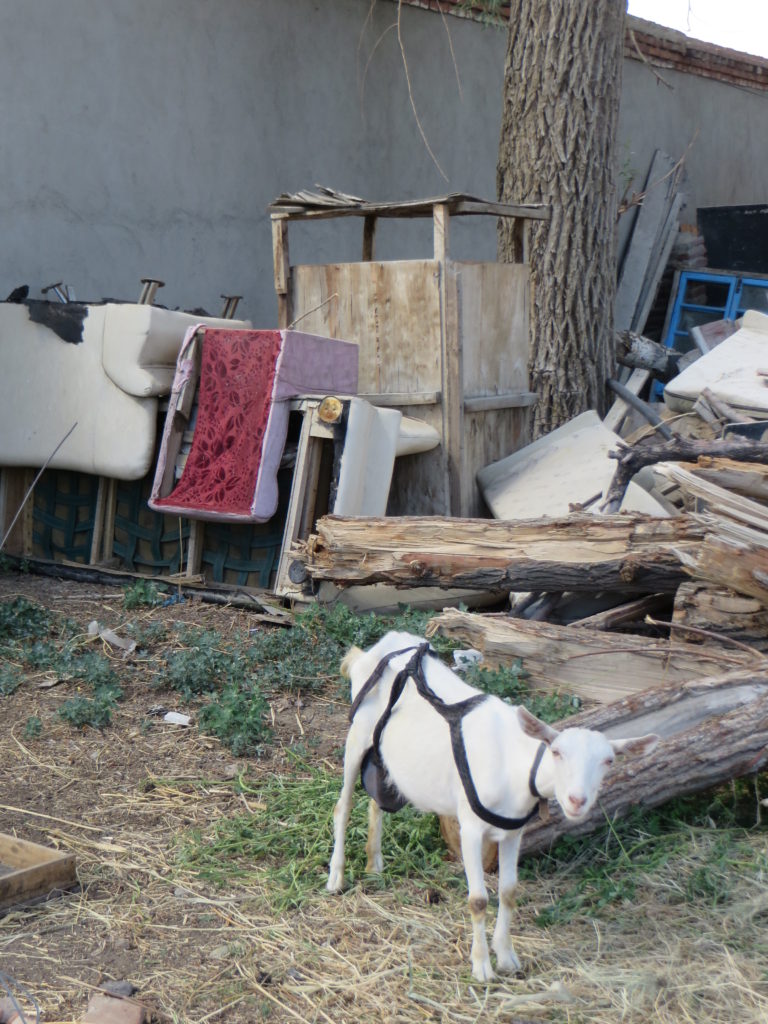
Less a toilet and more a cupboard of shame, clearly evidenced by the guilty look on the face of the bondage sheep, resplendent in fetish gear, left outside by the owner shortly after committing whatever unspeakable acts that went on in this den of iniquity. Just a hint of the dark secrets lurking in the world of Chinese toilets.
7.
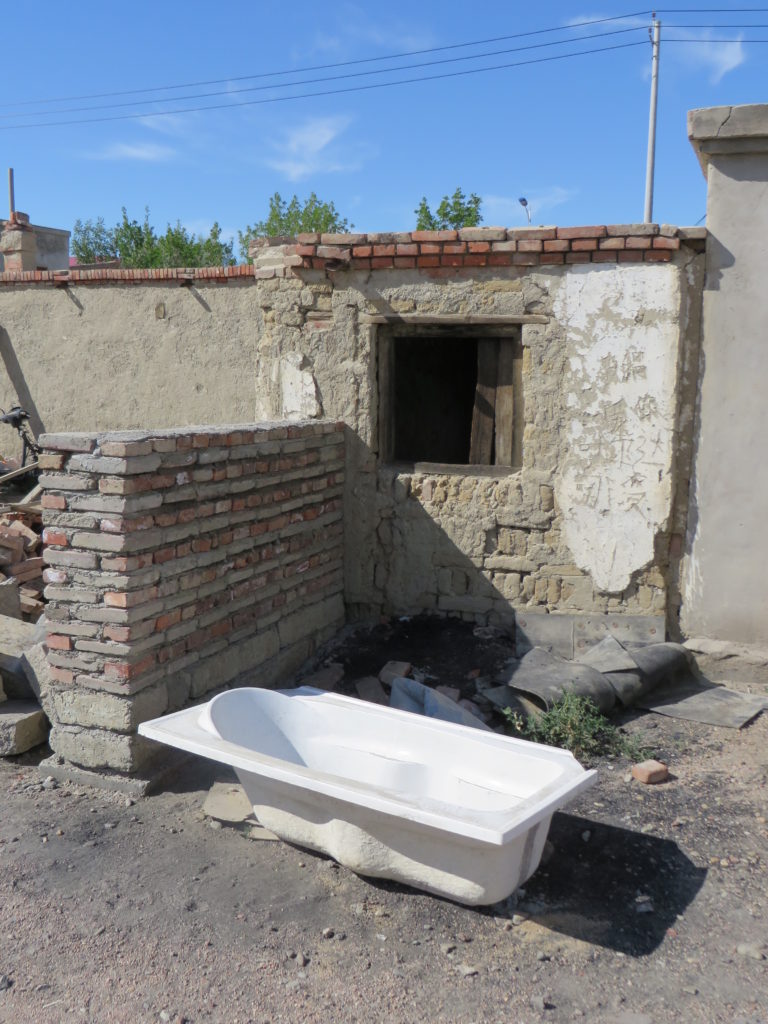
Despite inventing plumbing using bamboo pipes many centuries ago, it was only late in the twentieth century, on encountering western ideas that they realised it was also suited to use in bathrooms. Similarly, although inventing paper it took nearly three hundred years before it occurred to anyone that it could be used for writing, rather than just wiping your arse on it. Here we see a fine example of that logical disconnect where the toilet-bathroom combination has not entirely evolved into its full potential.
6.
Eagle eyed observers will have no doubt spotted that this is the Communist Party Sanitary Committee approved Design Model No.4, with the sole concession to ethnic minority diversity concerns of allowing male and female to be written in the modified Arabic script used by the Uighur community. However, crass local government insensitivity has placed it directly in front of the cemetery and naturally, outraged Uighurs have refused to desecrate the honour of their ancestors by using it, hence it remains unused, overgrown and unloved. Tajik toilets are deeply rooted in their own local culture free from demands imposed from above and so are always treasured pillars of the community.
5.
Often unfairly accused of closing themselves off to outside influences the Chinese disproved this conclusively in the 1970’s by embracing this Scandinavian design, which was particularly popular in rural areas. The elegant use of timber complimenting their forested surroundings and the repetitive lines matching their natural tendency towards conformity. Such was the satisfaction with this particular example that the users celebrated with a gymnastic dexterity which would leave westeners amazed at the ability to leave deposits so far up the wall, well away from the hole in the floor for which deposits are traditionally intended.
4.
Striding boldly into the 21st century this telecommunications hub and toilet combination built around a telegraph pole, displays a commitment to move with the times, but in this fickle age where people can only attain true happiness with the latest model of iphone, fearful of being mocked by their peers for failing to keep up with the trends, it seems likely that this brave attempt will, in its turn be consigned to the toilet bowl of history.
3.
Notions of communality come face to face with family values in this intriguing design, whereby the toilet is open onto the pavement but screened from the house, whilst proudly displaying the traits of minimalistic, interior construction values, inherent in the cement textured plywood panelling. The dichotomy of conflicting philosophies defined by modernism and tradition, both within society and architecture are profoundly on display in this piece and point to an underlying instability at the country’s core, as it struggles to come to terms with a rapidly changing world.
2.
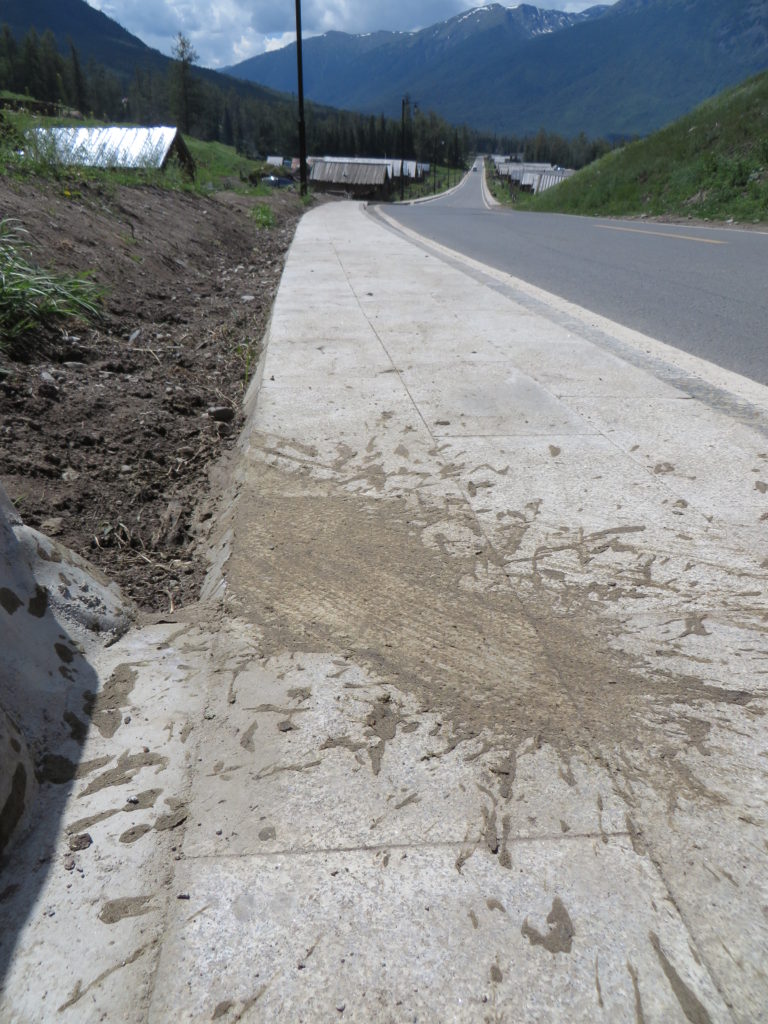
In an inspired leap of Taoist metaphysics applied to children and disabled toiletry the Chinese have rethought the very basis of the question, “what is a toilet”? Taking bold minimalism to new pastures by consigning the concept of waste management to the powers of nature’s wind and rain or to public footwear they have gone where others fear to tread. This is facilitated by the dedication to green thinking in the refusal to use nappies/diapers. Instead, children’s pants are open on the underside to allow a clear evacuation route. Those older users not in complete control of their faculties can be assisted by family members to fully appreciate the functional simplicity of this novel approach to the subject.
1.
If ever a toilet screamed, “totalitarian oppression” more loudly than this I have yet to see it. It is said that Chairman Mao himself, in his first year of office, oversaw the design of this Communist Party Sanitary Committee approved design No.1, which should have served as a wake up call to the West to the years of terror which were to follow. Any decadent virtues of individuality are subsumed by the all pervasive party ethic, lauding functionality in extremis, demanding that the user gives up all in the name of the state. A deeply disturbing indictment of the abuse of power over the common man.
So, there you have it, conclusive proof that despite occasional glimpses of daring lateral thinking by China it is Tajikistan that still reigns supreme in the intensely challenging world of toilet design.




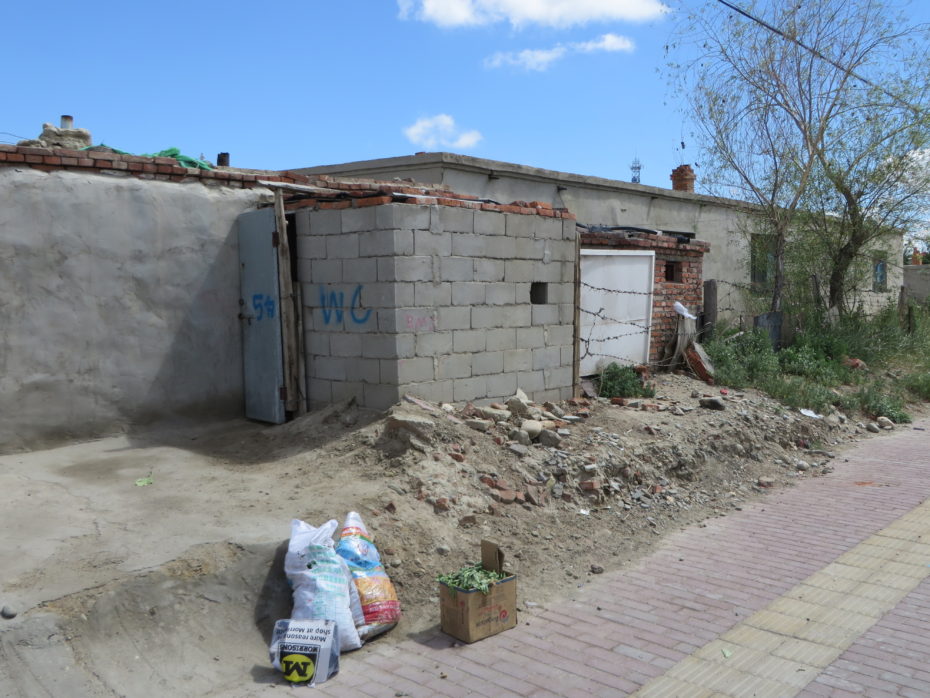
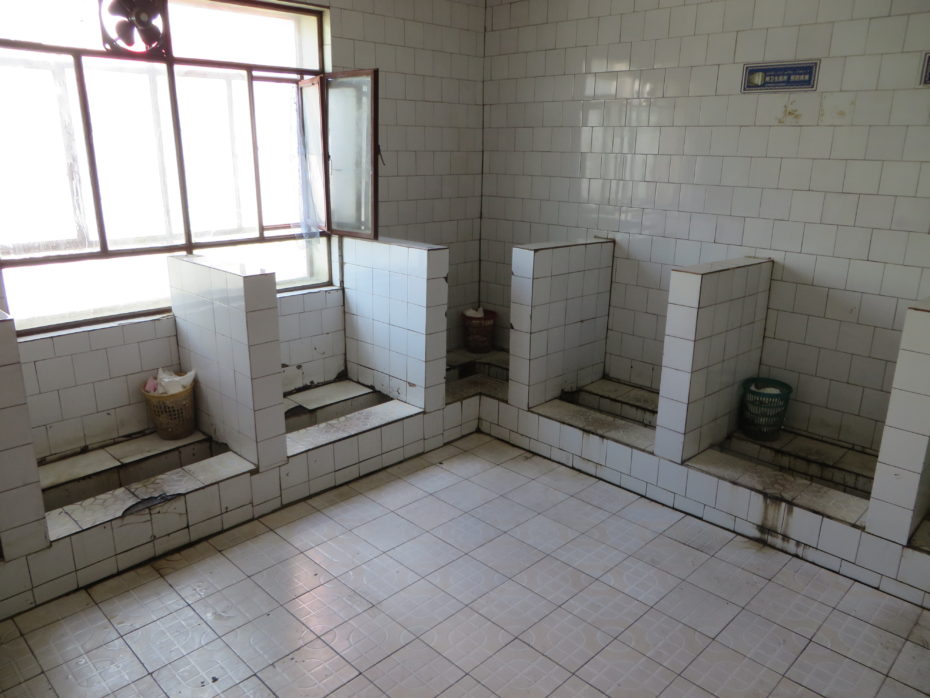
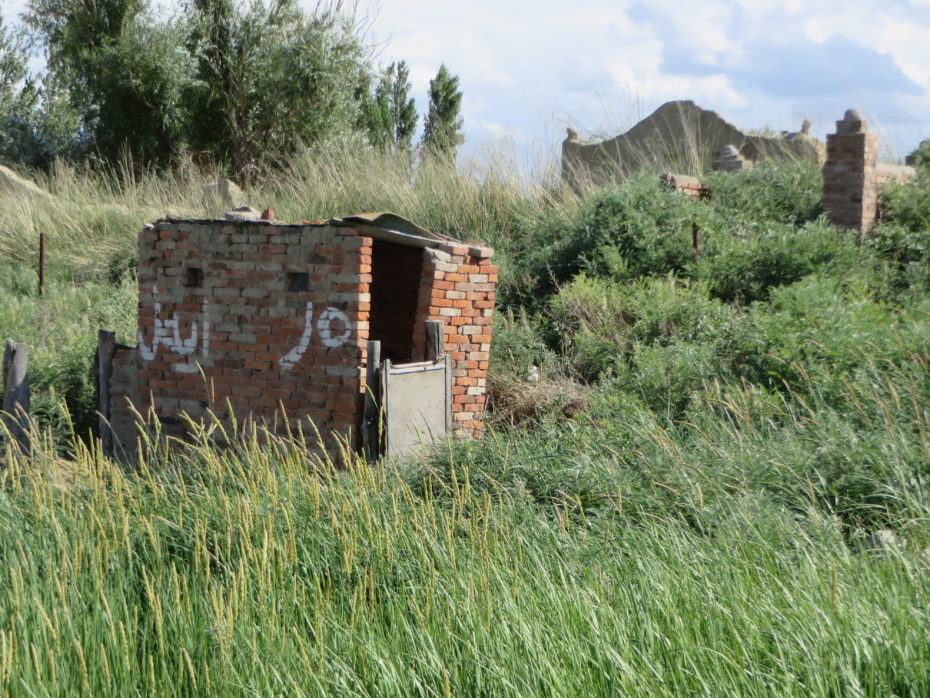
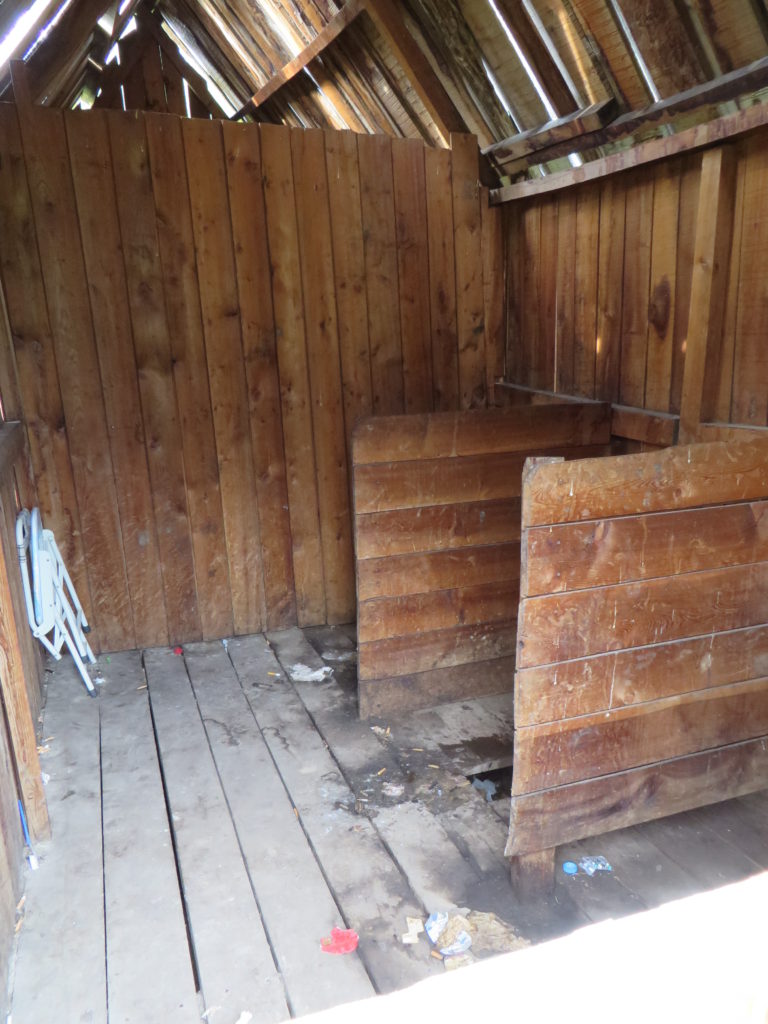
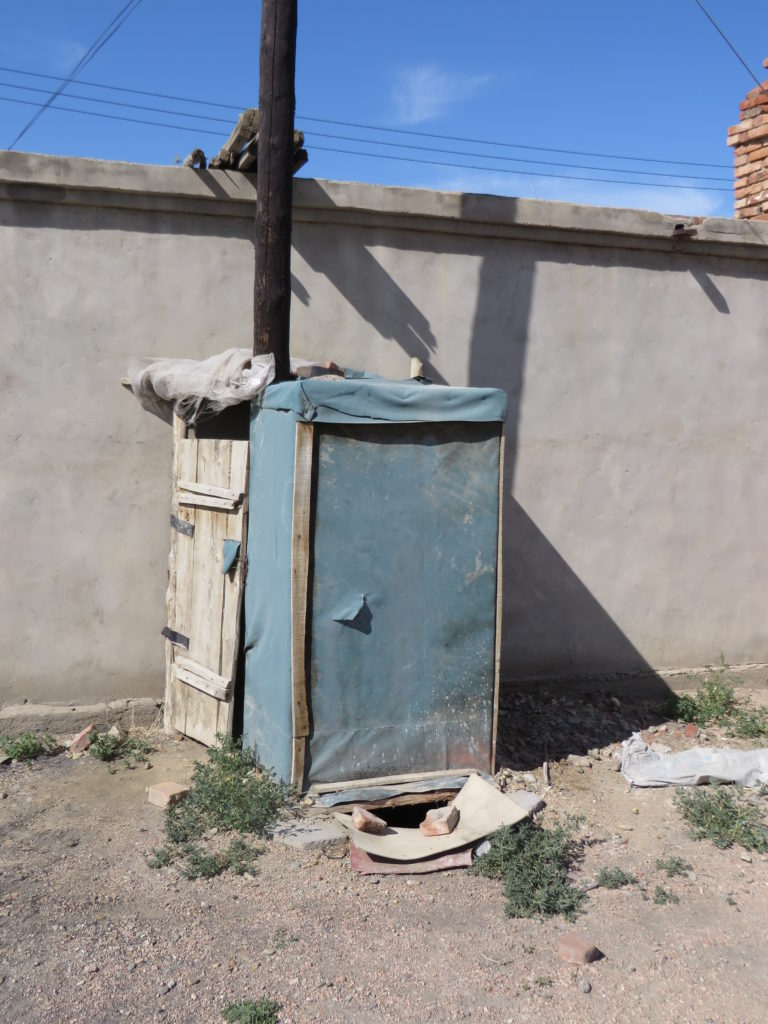
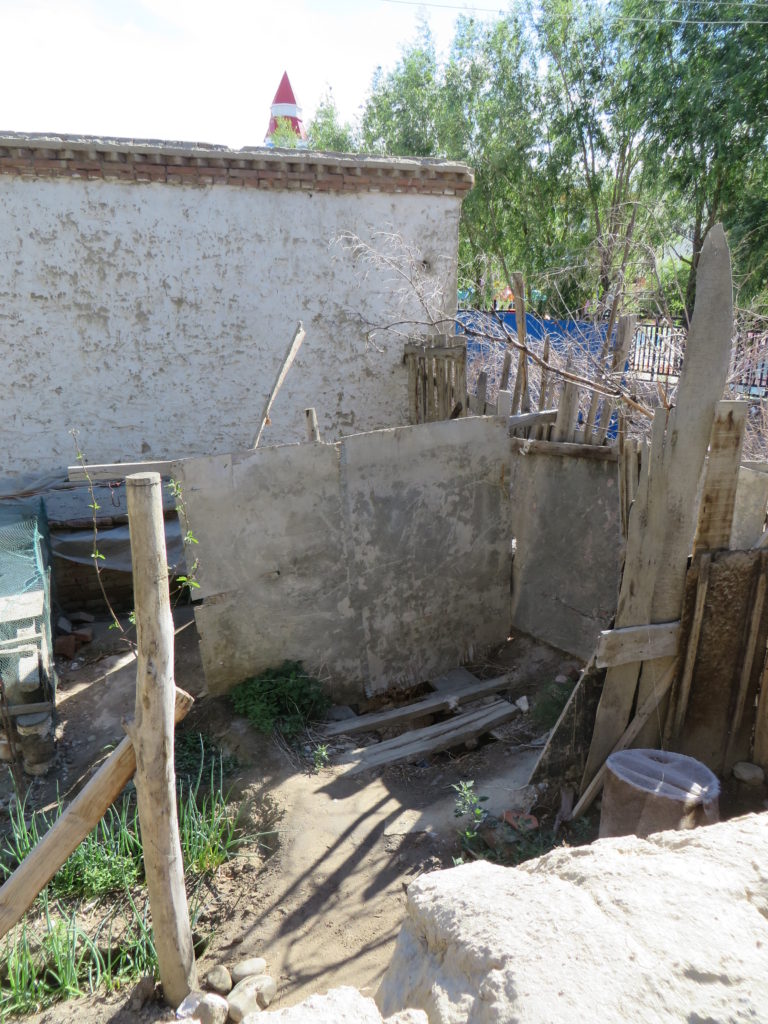
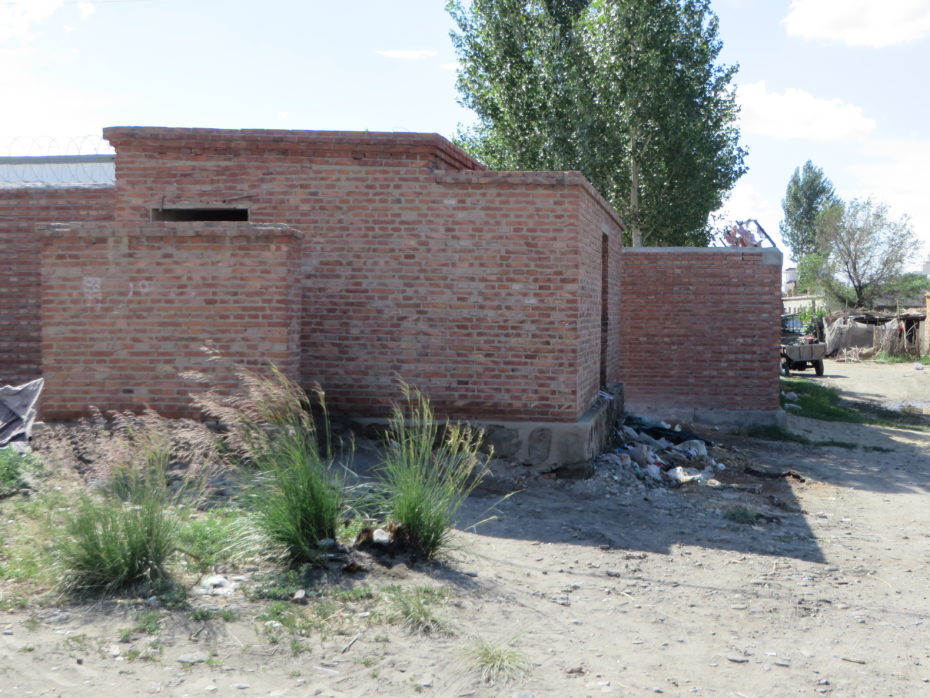

At long last, the next thought-provoking installment in the All I Need To Know About Toilets I Learned In Asia series 😀
Well have to say I’m quite surprised and even a tad disappointed to see that the Chinese don’t extend their beloved practice of feng shui into the bathrooms of the countryside. What a shame… However I do love the one with single channel waste removal and formal hierarchy to the seating arrangements. Feels so…Romanesque
Doh! Feng shui- forgot about that. Sorry
I think rural India may have a chance in this competition.
I am sure you are right and I am looking forward to some first hand Indian toilet experience, hopefully next year. If you have any other recommendations i will put them on my itinerary, who needs five star beach resorts when this level of cultural interaction is on offer.
Damn, I had a few that needed your review but can’t find the pics right now. One was a hole in the ground completely open to the street, another was a rickety walkway backing up to a sewage pond, you lean your ass precariously over the pit and go for distance… Air drying at it’s best!
Marvellous! I am almost tempted to drop everything and fly to India now